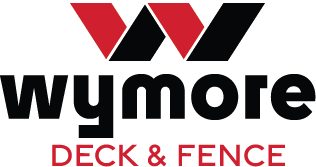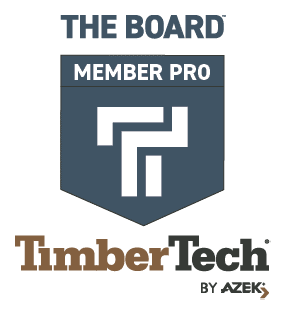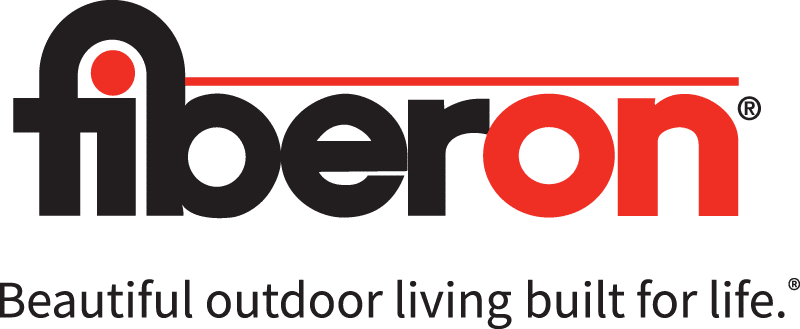When you think of a deck, what probably comes to mind is the visual appeal a deck affords—the decking material, handrails, lighting, and design. While these elements are certainly the most beautiful and pleasurable aspects of a deck, they aren’t the most important! The most important part of a deck is its substructure. After all, the safety and durability of a deck (or any constructed object) is primarily determined by the thing that supports it.
So, what are the important parts of a deck’s substructure and why do they matter?
The Components of a Deck’s Substructure

A deck’s substructure consists of these parts: footings, posts, ledger boards, and joists. Footings are concrete pillars that are poured or driven into the ground beyond frost level. Footings are meant to be the primary load bearers for your deck since they spread weight from the surface of the support posts to the larger surface of the ground. Footings also act to protect the bottom of deck posts by keeping the posts from sinking into the soil (and causing the deck to sag) or rotting from contact with moisture in the soil.


Posts are what connect the deck above to the footings beneath. Ledger boards are the large, strong boards used to attach the deck to the house. Once the ledger board is attached to the house, the joists are fastened directly to the ledger board. Joists are the pieces of lumber that run perpendicular to the ledger board and make up the bulk of a deck’s framework.
What Makes a Substructure Sound?

The most important thing to keep in mind when constructing a deck (or hiring a contractor to do so) is that the substructure needs to be built according to your local building code. Building the framework according to code will ensure that it is built soundly.
Footings must be large enough and deep enough to resist heaving in extreme temperatures. Footings that do not exceed frost level will be heaved upward by the freezing soil beneath them and cause structural damage to the deck above.
Posts must be set the correct distance apart to provide enough support to the deck structure, while joists must also be spaced correctly to provide the decking material itself with sufficient support. Joists that are spaced too far apart will allow the decking material to sag when walked on. Sagging deck boards will allow water to pool on their surface and promote rot and deterioration. Flashing must be installed to direct water away from areas what would otherwise collect moisture (such as corners and seams). We also recommend taping the tops of joists with special joist tape to keep them from absorbing excess water and rotting.
Framing around the perimeter of the deck with adequate blocking for handrail is important. Inadequate framing for the handrail will compromise its strength and integrity.
What Type of Lumber is Best for a Deck’s Substructure?

The best type of lumber to use for a deck’s substructure is any wood that resists insects, rot, and general decay. Wood types that fit this description are Canadian redwood, red and white cedar, cypress, and treated lumber. Treated lumber is by far the most popular option for deck framing since it is much more affordable than other options. While many homeowners choose to go with wood such as cedar for their main decking material, it doesn’t always make sense to use cedar for the entire framework when treated lumber is cheaper and resists decay nearly as well.
Treated lumber is wood that has undergone a process of chemical infusion when chemicals are forced into it under extreme pressure. These chemicals bond with the wood fibers and are designed to attack fungi that leads to staining and rot, attack damaging insects (such as carpenter ants, termites, and beetles), and resist mold and moisture. Because this wood is strong and resists the most common types of damage, it is widely considered the best choice for deck framing.
Conclusion
Your deck’s substructure is extremely important! Not only should you ensure that your new deck’s substructure is constructed properly, but it is also a good idea to regularly check your current deck framing for damages. The faster any damages are corrected, the longer your deck will last.
We hope this article was helpful! As always, if you have further questions or would like our professional team to take a look at your deck, please give us a call!



